Haitian Drinks: Basic Overview
Common Ingredients
Common Preparing Methods
Key Taste
Drinking Etiquette
Culinary Festivals
Influence and Fusion
Types of Haitian Drinks
-
Alcoholic Beverages
In Haiti, the tradition of alcoholic drinks is characterized by a rich palette of flavors derived from the island’s sugarcane.
The production encompasses a variety of spirits and cocktails, from clear, light varieties ideal for mixing into vibrant cocktails, to deeply hued, smoky ones.
-
Non-alcoholic Beverages
On the non-alcoholic side, Haitians start their day with hearty, grain-based drinks that keep you full and satisfied, often spiced up for that extra kick.
When the heat kicks in, fruit juices come to the rescue, made from the freshest local produce, offering a sweet escape.
Coffee lovers, you’re in for a treat with Haiti’s rich, aromatic brews, a testament to the island’s deep coffee roots.
And for a sweet, creamy fix, there are shakes that blend the tropical goodness of fruits with the richness of milk
Haitian drinks are various drinks that are part of Haiti’s culinary culture. Reflecting Caribbean tradition, they include both alcoholic drinks (from rum to rum-based cocktails) and non-alcoholic ones (like Haitian coffee, corn-infused beverages, and fruit drinks).
In this list, you’ll find a lot of useful information about each beverage, including its origin, types, main ingredients, varieties, and where it’s also popular. I’ll also provide a brief overview of dish and beverage pairings in Haitian cuisine.
11 Popular Haitian Beverages with Filters
Don’t forget to make use of the handy filter system to give you a better look at the drinks in alphabetical order, drink types, ingredients, preparation methods, worldwide popularity, and tastes.
Furthermore, I suggest taking a peek at the most popular, national, traditional, and street drinks of Haiti:
Haitian Rum
- Alcoholic
- National
- Traditional
Haitian rum, or rhum, is a distilled spirit that is a staple in Haiti, known for its unique flavor derived from sugarcane juice. It’s a key ingredient in many Haitian drinks and enjoys widespread popularity.
Also, you can find renowned Haitian brands like Rhum Vieux Labbé and Rhum Barbancourt. Whether made from sugarcane molasses or sugarcane juice, Haitian rum usually comes with an alcohol content above 43%.
Some famous rum varieties include light rum, clear, and sweet, which is the choice for cocktail enthusiasts. Additionally, dark rum has a deeper color and smoky sweetness. Commonly, dark rum is more popular in Haiti, where locals enjoy the liquor straight or for sipping.
Then, there’s Rhum Agricole, a premium variant made from freshly pressed sugarcane juice, adored in French-speaking Caribbean countries, including Haiti.
Cola Couronne
- Non-Alcoholic
- Street Beverages
- Traditional
Cola couronne is a Haitian soft drink that appeared way back in 1924. This Brasserie de la Couronne product is considered the oldest and most preferred soft drink in Haiti. You can find cola couronne in various Caribbean countries and the USA.
Commonly, cola couronne comes in tall glass bottles or plastic containers that provide a strong flavor of orange or pineapples.
Crémas
- Alcoholic
- Traditional
Crémas is a cocktail from the shores of Haiti, known for its sweet, creamy allure. The mix is a medley of coconut milk, condensed milk, evaporated milk, limes, rum, almond extract, and spices blended together to create this distinctive drink, also known as crémasse or kremas.
The process begins with slowly simmering coconut milk and rum at low temperatures, and then adding the remaining ingredients. After several hours of patient waiting, crémas is often served chilled and becomes the centerpiece at celebrations.
This beverage is commonly served at Haitian festivals like New Year, Christmas, Easter, etc.
Prestige
- Alcoholic
- Street Beverages
- Traditional
Prestige is a renowned beer from Haiti, produced by Brasserie Nationale d’Haïti, a top brewery now under the ownership of Heineken. This premium American-style lager, with its modest 5.6% ABV, is Haiti’s most famous beer brand.
With a medium-bodied profile, Prestige is beloved throughout many Caribbean nations and even the USA.
With the intoxicating allure of Haitian alcoholic beverages still lingering on your palate, I invite you to other Haitian refreshing non-alcoholic drinks.
Akasan
- Non-Alcoholic
- Street Beverages
- Traditional
Akasan is a Haitian non-alcoholic beverage that often appears as a breakfast drink. Made with ingredients such as cornmeal or corn flour, evaporated milk, sugar, vanilla, and aromatic spices, people boil the cornmeal in water, then simmer it before adding other components.
The result is a sweet, rich drink, equally satisfying served hot or cold. Akasan is incredibly tasty, though the drink is a plant-based product that can qualify as a vegan-friendly beverage.
Haitian Coffee
- Non-Alcoholic
- Traditional
Haitian coffee is a favorable drink, with the country’s geography favoring coffee cultivation. With its roots tracing back to the 1730s, Haiti was one of the earliest in the Americas to start growing coffee.
It even supplied half the world’s coffee by the late 18th century, based on a study about the world coffee market in the 18th and 19th centuries from the University of California.
These days, coffee plantations thrive in the Haitian mountains, mainly cultivating Arabica beans renowned for their smooth and robust flavor. The flavor profile is further characterized by low acidity, which can be sweetened with sugar, as locals often do.
Cafe au Lait, coffee mixed with cream or milk, is another favored variety in Haiti. Notably, Haitian Blue Mountain coffee stands out as a superior product, matching the quality of Jamaican coffee.
Ti’ Punch
- Alcoholic
- Traditional
Ti’ punch is a staple cocktail in Haiti, Martinique, Guadeloupe, French Guiana, Réunion and other French-speaking Caribbean islands. Serving primarily as an apéritif, t’i punch is the national cocktail of Martinique and Guadeloupe.
Coming from the Caribbean, this “small punch,” as its name suggests, is a mix of rhum Agricole, limes, and sugar or cane syrup. Some versions feature additional fruit flavors, such as mangoes, watermelons, and soursops.
Typically, ti punch has a flavor profile akin to Brazil’s caipirinha and Cuba’s daiquiri, with a unique flavor thanks to Rhum Agricole. Also, the hosts traditionally provide the ingredients, while guests can prepare their own ti’ punch.
Clairin
- Alcoholic
- Traditional
Clairin is a distilled spirit rooted in Haiti’s rich heritage. Materialized in the 19th century, clairin is a type of Haitian clear rum derived from sugarcane juice and water, yielding a grassier flavor and more vegetal profile than typical rum.
Interestingly, the sugarcane used is exclusively grown on the island, with wild varieties being the most sought-after. Furthermore, there’s no yeast in clairin. Alternatively, there’s also Tafia, a drink created in the 17th century that serves as a cheaper rum alternative.
In the countryside of Haiti, clairin is made from local distilleries called guildives. Plus, clairin is woven into Haiti’s cultural and spiritual fabric, playing an integral role in the Vodou religion. Most often, clairin is often savored neat and comes at a lower price than rum.
Cola Lacaye
- Non-Alcoholic
- Street Beverages
- Traditional
Cola Lacaye is a Haitian-American soft drink that is very sweet. This ambrosial beverage, created in Haiti and produced by the American firm Brooklyn Bottling Group, combines the familiar taste of cola with a refreshing fruitiness.
Fruit Juice
- Non-Alcoholic
- Street Beverages
- Traditional
Haitian fruit juice is a tempting option, bursting with natural goodness. Typically, the juices are made from an array of fresh fruits, served with ice, and sweetened to taste.
Among the popular choices are sugarcane, passionfruit, mango, guava, grapefruit, watermelon, and avocado, each offering a unique taste profile. These vibrant fruit juices often make a delightful appearance as a summer quencher or an after-meal refreshment.
Jus Papaye
- Non-Alcoholic
- Street Beverages
- Traditional
Jus papaye is a classic breakfast milkshake from Haiti. To create jus papaye, ripe papayas are combined with evaporated milk, sugar, vanilla, and ice, then blended until smooth. The outcome is a sweet and creamy drink.
Also, jus papaye provides a healthy amount of natural sugars and vitamins from the papaya, coupled with the protein from the milk, particularly for children.
After tasting Haiti’s delightful non-alcoholic beverages, let’s get some deep knowledge about Haitian beverage and dish pairing.
How Haitian Beverages Pair with Dishes?
Here’s how some popular Haitian beverages can pair with various dishes to enhance your dining experience:
When choosing beverage pairings for dishes of Haiti, the key is to consider the balance and contrast of flavors to enhance the overall dining experience.
Please share these refreshments if you’ve found them helpful! Share the drinks with your fellow beverage enthusiasts, and join the conversation below with your thoughts or your own Haitian drink experiences.



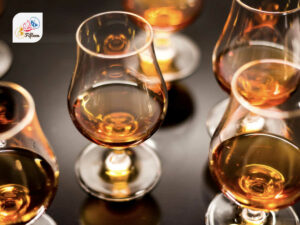
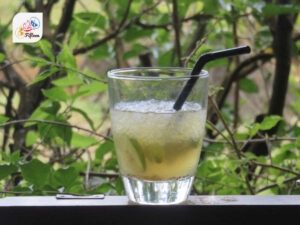

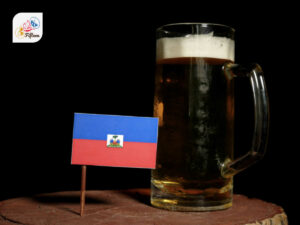
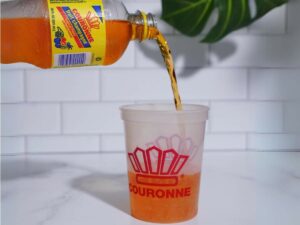
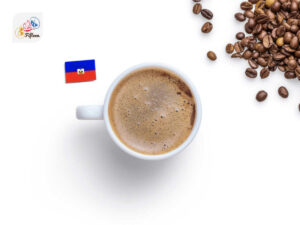
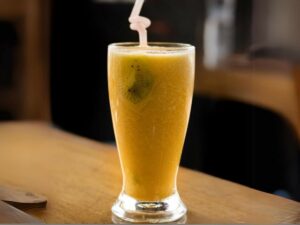


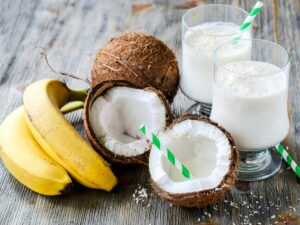
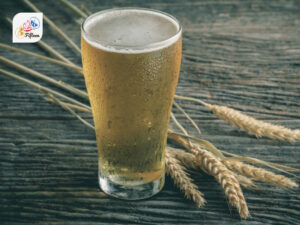
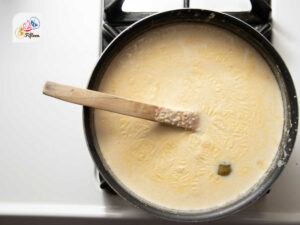

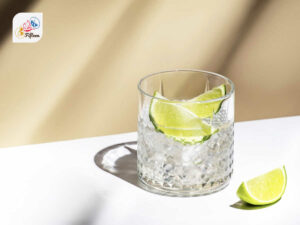

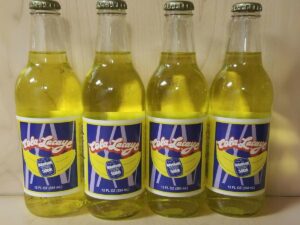
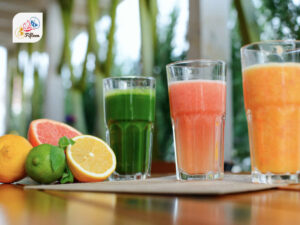
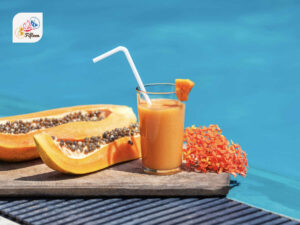
Jamie Scott
Editor in Chief, Senior Content Writer
Expertise
Home Cooking, Meal Planning, Recipe Development, Baking and Pastry, Food Editor, Cooking-video Maker, Western Food Evaluation Expert
Education
Le Cordon Bleu College of Culinary Arts
Local Community College, New York, NY
Jamie Scott is a skilled culinary expert and content creator specializing in Western cuisine. With over 15 years in the culinary field and formal training from Le Cordon Bleu, Paris, Jamie deeply understands how to blend nutrition with delicious flavors. His passion for cooking matches his commitment to making healthy eating accessible and enjoyable.
On Fifteen.net, Jamie brings a fresh perspective to classic dishes and beverages, offering readers insightful recipes, cooking tips, and a fresh view on meal planning that emphasizes taste, health, and simplicity.